There has been some buzz over recent weeks since the announcement from Phnom Penh Governor H.E. Khuong Sreng that Daun Penh’s Pedestrian Street Project is now more likely to see the light of day, and as soon as the end of January 2025, although it won't be completed by the target launch date.
The Phnom Penh Governor commented to the media that although there is a target date (which is also around the start of the Chinese New Year), the development won't yet be completed so more will be announced about what will be launched. Currently, the intention is to get everyone used to the idea of the traffic-free area and he has confirmed all transportation will be refused access to the area - including bicycles and cyclos for specific times and days.
This is a project that has been for some years in the planning and approval stage and was first announced by the city in April 2024 and was due to be completed by the end of 2024.
In reality, pedestrianising the streets has long been called for by several sectors from tourism to F&B - making the city more walkable should be a collaborative ambition. Phnom Penh is a challenging city to navigate by foot (and despite some recently highly shared and very incorrect social media posts) the city does need safer and clearer pavements, pedestrianised zones and more expansive green spaces.
What has been promised is improved infrastructure, better drainage systems, sidewalks, paving, street lighting, wayfinding guides, as well as security cameras.
Heritage and Urbanisation Research For Phnom Penh
There were discussions on Pedestrian Transformation and Sustainable Landscape Design for the Proposed Preah Sisowath Quay: Riverside Heritage Walk, as part of the Future City Summit as far back as late 2022 and some of the key points in the proposal included:
- A car-free Sisowath Quay - arguing that pedestrianising Phnom Penh’s riverside would result in economic benefits including real estate.
- That a sustainable, climate-aware design is needed.
- Improved public spaces in the city will result in a better quality of life.
Confluence and Trove (a New York-based tourism development advisory firm) previously also studied and presented a Sangkat-level urban tourism plan in 2022 to the Ministry of Tourism which also detailed heritage preservation. The main task was to provide a blueprint for sustainable local economic development which included the assigned areas of the Pedestrian Street Project.
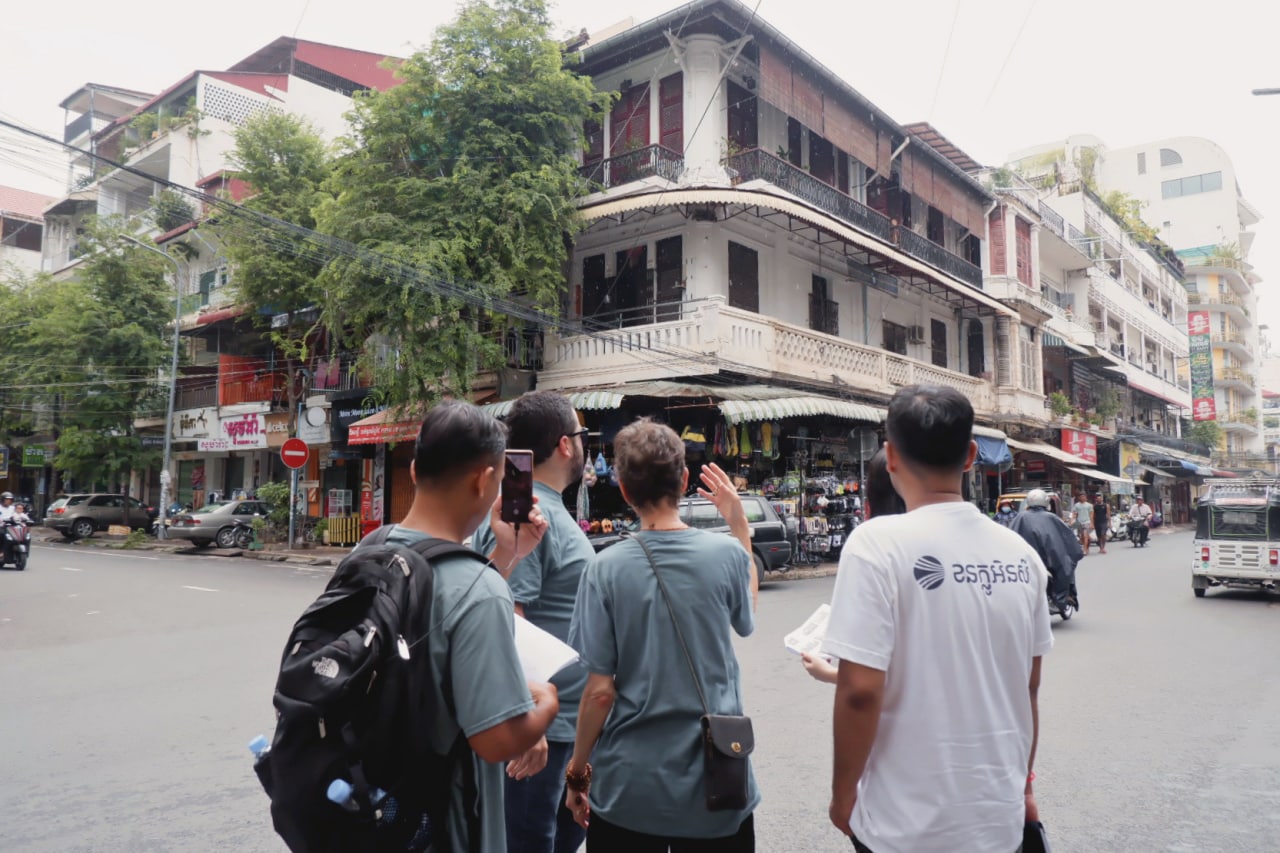
There were 40 key recommendations based on four key areas; sociability, access and linkages, uses and activities, and comfort and image.
- The framework suggested enhancing the quality of the tourism potential.
- A replicable model for localised urban tourism planning across Cambodia was submitted.
- A local stakeholder tourism steering group was suggested and to conduct a full audit/inventory and situation diagnostic of the project area.
Read more in the ‘The Changing Face of Phnom Penh’s Riverside.’
What is the Phnom Penh Pedestrian Street Project Set To Launch in 2025?
The “Phnom Penh Pedestrian Street Project” is intended to be a walking street closed off to traffic and it will be located along the already popular Daun Penh riverfront area - running from the Cambodia Post Office to the Royal Palace with the total project area covering as much as 57 hectares.
In addition to cleaning up the area in terms of beautification and accessibility, it is also intended to make it a more appealing tourist destination. The riverfront is already a popular area for nightlife, bars, and restaurants, as well as boat cruises that operate from the banks of the rivers. Heritage Tours also already takes visitors on excursions to the heritage sites and French colonial properties that are a feature of the area.
For example, did you know the former Hotel Manolis building dates back to the late 1890s (located opposite the Post Office which itself is a spectacular building dating back to around 1895), and was a hotel from around 1910 called The Grand or The Manolis, or the Grand Hotel Manolis. Urban legend suggests that when the iconic actor Charlie Chaplin visited Cambodia in 1936, he stayed at the property.
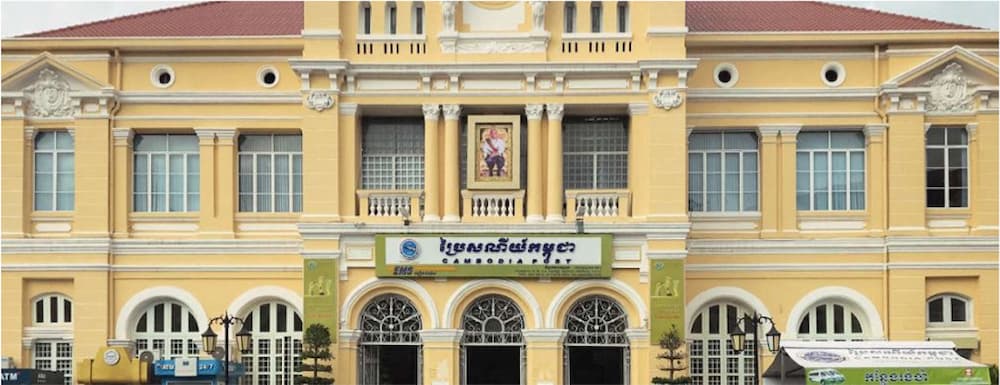
What is known is the Raffles Le Royal in Phnom Penh, which is not a long walk away, has hosted Chaplin as well as former French President Charles de Gaulle, and Jacqueline Kennedy. There is a rich history in the city already.
The project is meant to include food and shopping areas, a cultural and creative zone, as well as green spaces - but the devil will be in the details, and at this point, not much has been laid bare about how these will be achieved.
Perhaps the biggest attraction will be that the zoned areas will be shut off from traffic and exclusively be used by pedestrians from Friday to Sunday, between 6 pm and 11 pm. This is a nice-sounding initiative but how this will be marshalled and enforced in a city that is rampant with on-kerb parking by cars, motorcycles and tuk tuks who regularly flout these types of exclusion zones when they are implemented during major holidays - remains to be seen.
In particular, the issue of policing and enforcing the rules will be of particular interest and importance to make this project a success. Rarely are police enforcement seen on the streets of Phnom Penh at night. Tourist, resident and vendor security must be visible and implemented with a soft-handed approach.
- The initial stage spans from the streets in front of the Cambodia Post building to the park opposite the Royal Palace.
- Pedestrian streets will be active in the evenings of Fridays, Saturdays, and Sundays - no vehicles were initially announced to be allowed from 6 PM to 11 PM but the governor also has said no traffic will be allowed until Monday morning.
- Parking lots, public toilets, and other necessary facilities and services, as well as restaurants and shops, will also be introduced and improved.
Read more in Phnom Penh Riverside Living - What Is The Appeal?
Daun Penh’s Pedestrian Street Project - What Was Initially Proposed
Daun Penh is already a popular area for residents, businesses and visitors as it is home to the aforementioned Royal Palace, the Phnom Penh Railway Station (recently revamped), the Art Deco Central Market, Wat Phnom, and the National Museum of Cambodia.
The Phnom Penh Pedestrian Street Project is meant to include the redevelopment of shops, restaurants, hotels, and a bar street across what is to be split between three zones.
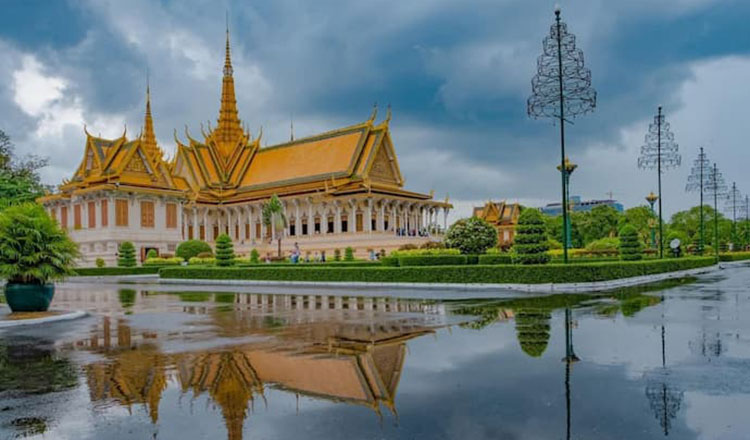
- Zone 1 (Food Street and Shopping Area): Located in front of the post office, this bustling zone is bordered by Street 94 to the north, Street 106 to the south, Street 13 to the west, and Sisowath Quay to the east and covers around 3.3 hectares.
Zone 2 (Entertainment Area): Positioned between Street 106 and Street 184, with Street 13 and Sisowath Quay this covers around 20 hectares. - Zone 3 (Recreation Space): The largest zone is approximately 34 hectares and runs from Street 184 to Sihanouk Boulevard, Street 7, and along Sisowath Quay.
The announcement from the Ministry of Posts and Telecommunications (MPT) in December 2024 also confirmed they are working in collaboration with relevant authorities (Electricite du Cambodge (EDC) and the Phnom Penh Municipal Administration) to dismantle and reorganise the overhead cable networks on 40 major roads in Phnom Penh and the plan is to relocate them underground.
The bird's nest entanglements are not only a safety threat but clearing these up (if achievable) will do much to beautify the streets in the area.
Another issue not yet addressed is the development of the Cambodia-Korea Friendship Bridge which is intended to connect from the current Night Market in Phnom Penh on the riverside to Arey Ksat in Kandal province and is due to start construction in mid-2025. This is a major development and slap bang in the middle of the proposed pedestrian zone.
Find out more about Phnom Penh’s architectural evolution here.
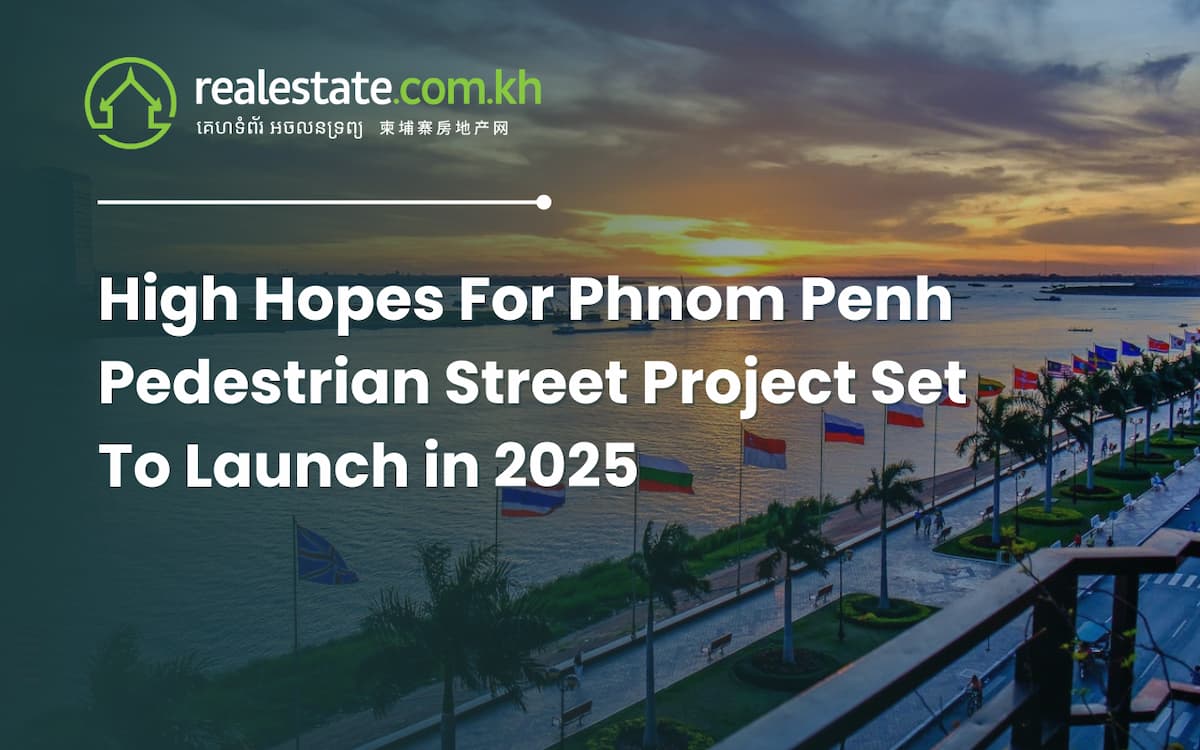
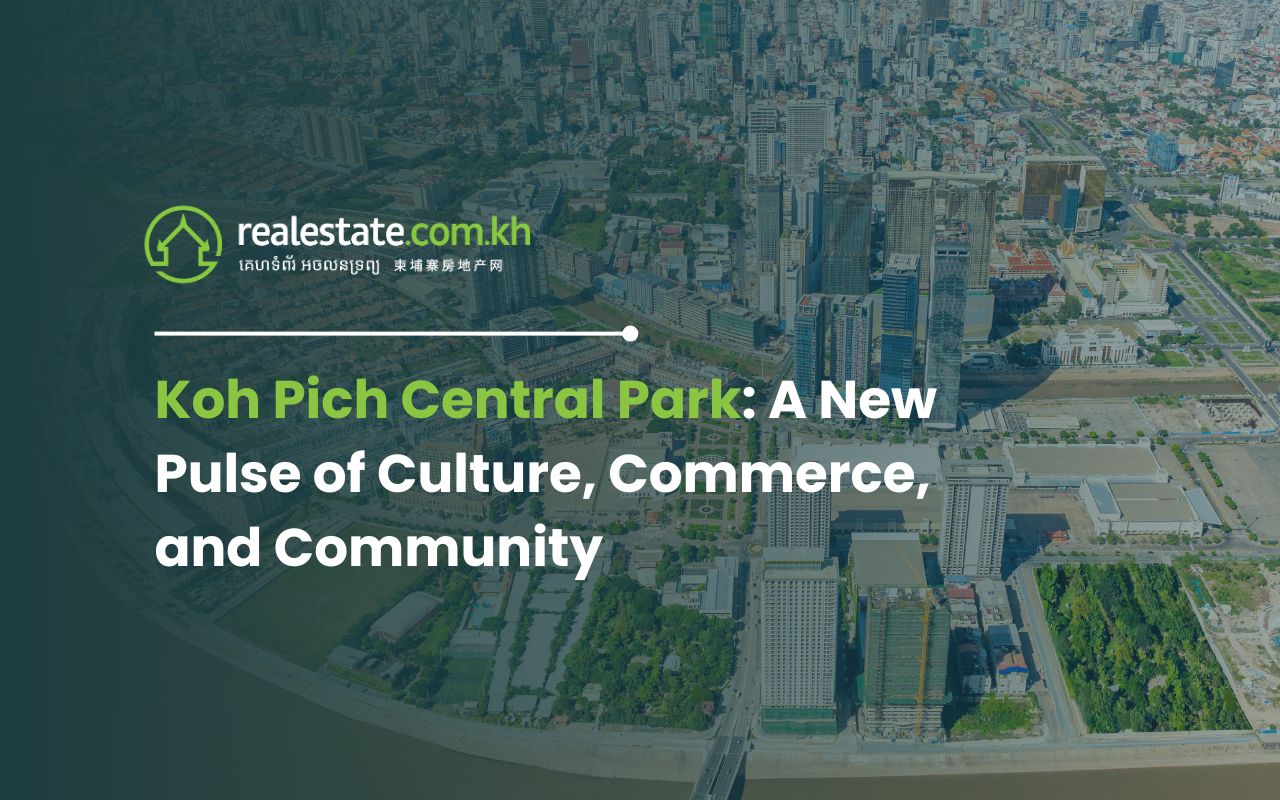


Comments